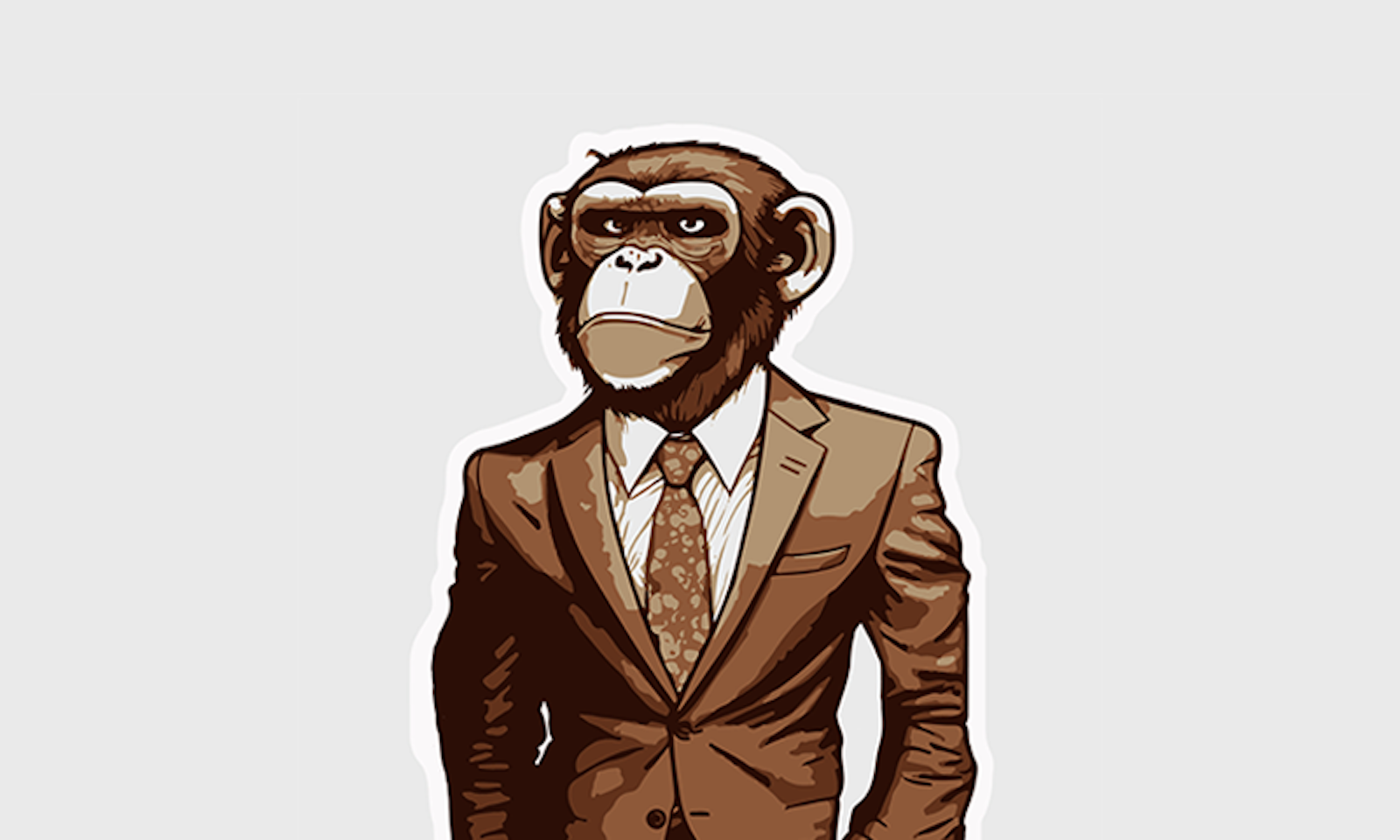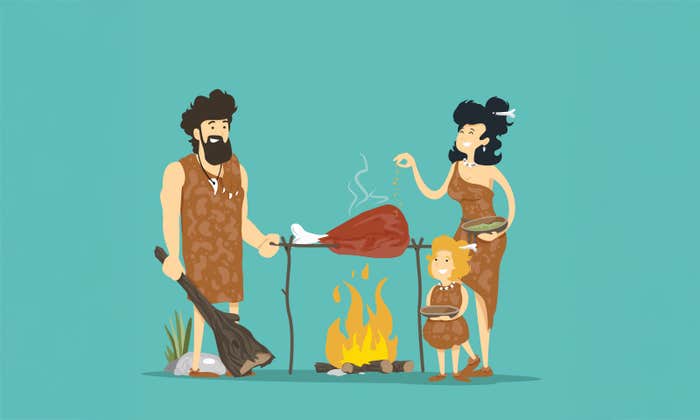What is it about working life that can make us feel so alienated and isolated, and what can we do to prevent it? In The Social Brain: The Psychology of Successful Groups, the evolutionary psychologist Robin Dunbar joins forces with Tracey Camilleri and Samantha Rockey, associate fellows at Oxford’s Saïd Business School, to apply Dunbar’s own scientific discoveries about human cooperation to our work lives. The idea is that, in order to perform our jobs more effectively, we need to go with, and at times go against, the grain of human nature. The authors home in on what makes us best work together, given the central importance of groups throughout our evolutionary history.
Dunbar spent the better part of two decades, starting in the 1970s, studying wild monkeys in Africa to understand why some species develop their own societies. His close contact with our primate cousins gave him a new perspective from which to approach questions about human nature, and that led him, in 1998, to propose the “social brain hypothesis”—the idea that keeping track of who’s who, and cooperating effectively, takes considerable brain power.
Rather than seeing the organization as a machine, we need to see it as a collection of clever apes.
At the time, Camilleri and Rockey had been working in private industry—learning in their own ways about another exotic primate, the business executive. More recently, after some time teaching in the Oxford Strategic Leadership Programme, they’d heard endless stories of social disconnection and overwhelm coming from corporate bigwigs. Camilleri and Rockey wondered if perhaps group size was a factor, so they asked Dunbar to teach in their program and give their participants the rundown of his research on human social behavior, which led them to co-author their book.
Dunbar had famously proposed that humans can keep around 150 stable relationships of casual friends—“Dunbar’s number,” as it’s called. It’s based on a correlation he found between the size of primates’ neocortex, relative to the size of their brains overall, and their social group size. Contemporary hunter-gatherer communities turn out to have an average size of almost 150. Dunbar’s team also found that the number of people reached by the typical British person’s Christmas card list was 154, and that the average number of friends British people had on Facebook was between 155 and 183. The number crops up in other areas, too, but it’s just one of several layers or circles of our social network.
Our other layers, according to Dunbar, include the five people to whom we might turn for dire emotional or financial support; your 15 besties; your 50 good friends; and the aforementioned 150 casual friendships. For our work lives, this means that if your organization has fewer than 150 people, they can deal with most matters on a largely informal basis, because people more or less know and trust each other. Past these shores, you should be able to count up to 500 acquaintances, and you’ll be able to recognize roughly 1,500 people. Our brains have little space to hold much more social information than that.
Keeping track of who’s who, and cooperating effectively, takes considerable brain power.
Having interviewed 50 eminent business leaders for their book, Camilleri, Rockey, and Dunbar share valuable insights on how to help people survive and thrive in the wilderness of large corporations. They suggest that, in general, work teams can comfortably range from six to 12 people, assuming everyone has a crystal clear understanding of their role. However, if chaos strikes and you need to make quick decisions during a moment of crisis, a team of five firefighters is most appropriate. Conversely, 50 is a good number for an expansive knowledge sharing session, so long as you have an attendant chair with a meeting agenda.
The Darwinian wisdom they distill from Dunbar’s research and input from business professionals underscores the fact that organizations—contrary to long-established management practices—are not machines. “Management practices that have dominated thinking for the last century or so have invariably imagined organizations as akin to a clockwork mechanism,” the authors write.
Industrialists of the 19th century made profound breakthroughs in increasing efficiency and scale by mechanistically dissecting management practices, but the Oxford trio argue that the long shadow of this machine metaphor is now limiting human progress. Rather than seeing the organization as a machine, the authors contend, we need to see it as a collection of clever apes who also have their limitations, including the number of relationships they can reasonably manage.
Acknowledging where we can fall short, rather than overlooking that in the pursuit of mechanistic perfection, may just be the key to fostering more fulfilling and productive workplaces. ![]()
Lead image: Sashery / Shutterstock




























